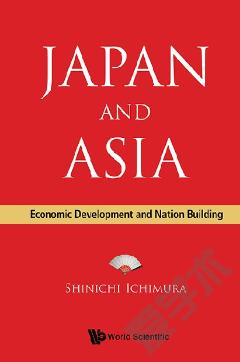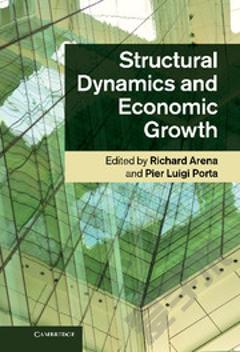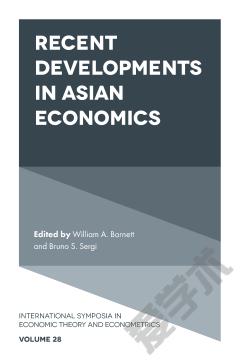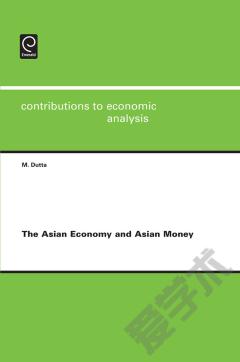Infrastructure and Economic Growth in Asia
Public spending on infrastructure plays an important role in promoting economic growth and poverty alleviation. Empirical studies unequivocally show that under-investment in infrastructure limit economic growth. At the same time, numerous other studies have shown that investment in infrastructure can be a highly effective tool in fighting poverty reduction1. In that context, the financing of infrastructure has been a critical element of most economic growth and poverty reduction strategies in developing countries, since the start of this millennium. This book provides a comparative analysis of the aggregate and sectoral implications of higher spending on infrastructure in three very different Asian countries: China, Pakistan, and the Philippines. Particular attention is paid to the role of alternative financing mechanisms for increasing public infrastructure investment, namely distortionary and non-distortionary means of financing.
{{comment.content}}








 京公网安备 11010802027623号
京公网安备 11010802027623号